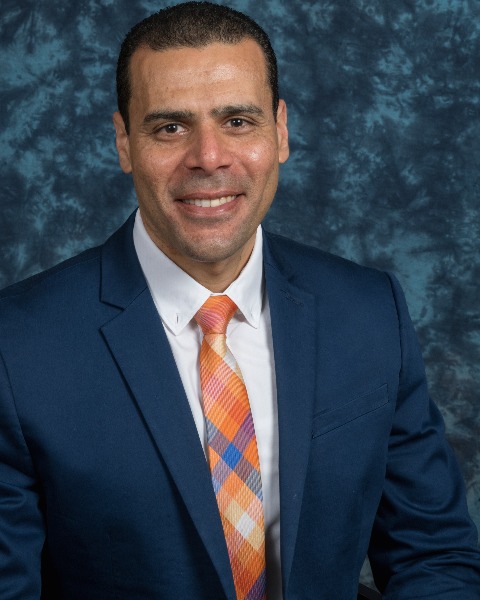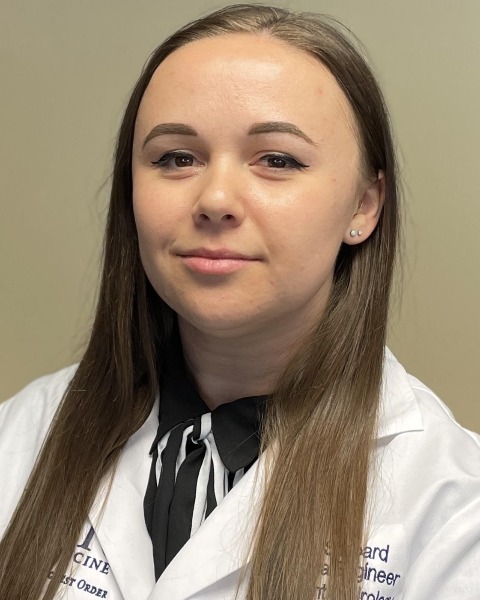New Technologies/Instruments/Devices
070IC - 3D Printing, Augmented Reality, and Virtual Reality: Why, How, What to Incorporate into Daily Practice
-

Ahmed Ghazi, MD, FEBU, MBBS
University of Rochester
-
.png)
Marc Bjurlin, DO (he/him/his)
University of North Carolina
-

Lauren Shepard, MS
Biomedical Engineer
University of Rochester Medical Center
Instructional Course Director(s)
Instructional Course Faculty(s)
Course Description: This course on urological applications of 3D printing, augmented reality (AR) and virtual reality (VR) is based on a similar course which has been previously taught at the Radiological Society of North America annual meeting with great success. Advanced medical image data visualization in the form of 3D printing and AR/VR continues to expand in urological surgery. This multidisciplinary course led by a medical imaging expert, urologist and biomedical engineer will be conducted through a hybrid approach of lectures and hands-on demonstrations incorporating video examples, attendee participation, and small group discussions using prefabricated 3D printed models and AR/VR models.
First (WHAT), a stepwise approach will be employed to introduce the participant to each of these advanced image visualization tools as they pertain to urology, with a focus on kidney and prostate cancer.
Second (HOW), participants will learn how patient-specific models for 3D printing, AR and VR are created through segmentation of anatomical regions of interest and converted to virtual 3D models. This will be conducted through dynamic video examples, where attendees will be divided into groups of 3-5, each equipped with a laptop installed with a limited program license provided by the organizers.
Third (WHAT), 3D printed models along with AR and VR platforms will be available for course participants to interact with in small group activities and visualize pre-segmented case examples of kidneys with tumors and both whole gland prostates for prostatectomy and for focal therapy. Various 3D printing technologies and AR/VR platforms such as the Microsoft HoloLens and Oculus will be demonstrated.
Fourth (WHY), applications to urological surgery will be reviewed through case-based discussions of real patients to highlight topics of (1) surgical planning, (2) quantitative outcomes, (3) intraoperative guidance, (4) training and simulation, and (5) patient education.
Finally (WHY), a unique attendee exercise will be performed comparing 2D images to the various 3D platforms to demonstrate the added value of these applications for interpretation of anatomy and disease.
At the end of this course, participants should be able to comprehend the workflow for creating patient-specific 3D urological models and be able to understand the methodology and reasoning behind the added value 3D modeling can bring to their practice.
Learning Objectives:
- Identify the differences between 3D printing, augmented reality and virtual reality as well as the benefits and limitations of each technology.
- Identify and explain the complete workflow required to create patient-specific 3D anatomical models from volumetric medical imaging data such as computed tomography or magnetic resonance imaging for 3D printing, augmented reality and virtual reality as a first step in participants developing a program at their own institution.
- Identify common applications of 3D modeling platforms for the management of prostate cancer and kidney cancer.
- Describe various software and devices utilized in 3D modeling, including 3D printing software and augmented/virtual reality devices (Microsoft HoloLens, Oculus).
- Identify the applications and impact of 3D modeling on surgical planning, patient outcomes, and trainee and patient education.
